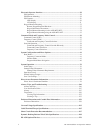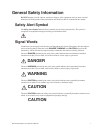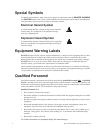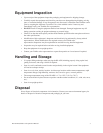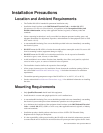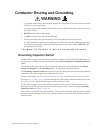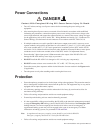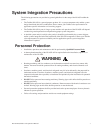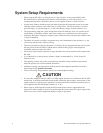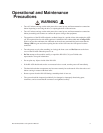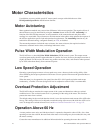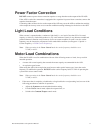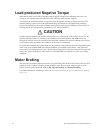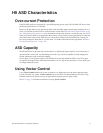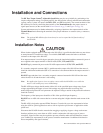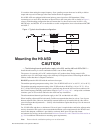
8 H9 ASD Installation and Operation Manual
System Setup Requirements
• When using the H9 ASD as an integral part of a larger system, it is the responsibility of the
H9 ASD installer or maintenance personnel to ensure that there is a fail-safe in place, i.e., an
arrangement designed to switch the system to a safe condition if there is a fault or failure.
• System safety features should be employed and designed into the integrated system in a manner
such that system operation, even in the event of system failure, will not cause harm or result in
personnel injury or system damage (i.e., E-Off, Auto-Restart settings, System Interlocks, etc.).
• The programming setup and system configuration of the H9 ASD may allow it to start the motor
unexpectedly. A familiarity with the Auto-restart settings are a requirement to use this product.
• Improperly designed or improperly installed system interlocks may render the motor unable to start
or stop on command.
• The failure of external or ancillary components may cause intermittent system operation, i.e., the
system may start the motor without warning.
• There may be thermal or physical properties, or ancillary devices integrated into the overall system
that may allow for the H9 ASD to start the motor without warning. Signs at the equipment
installation must be posted to this effect.
• Power factor improvement capacitors or surge absorbers must not be installed on the output of the
H9 ASD.
• Use of the built-in system protective features is highly recommended (i.e., E-Off, Overload
Protection, etc.).
• The operating controls and system status indicators should be clearly readable and positioned
where the operator can see them without obstruction.
• Additional warnings and notifications shall be posted at the equipment installation location as
deemed required by Qualified Personnel.
• Follow all warnings and precautions and do not exceed equipment ratings.
• If a secondary magnetic contactor (MC) or an ASD output disconnect is used between the H9 ASD
and the load, it should be interlocked to halt the H9 ASD before the secondary contact opens. If the
output contactor is used for bypass operation, it must be interlocked such that commercial power is
never applied to the H9 ASD output terminals (U, V, W).
• When using an ASD output disconnect the ASD and the motor must be stopped before the
disconnect is either opened or closed. Closing the output disconnect while the 3-phase output of the
ASD is active may result in equipment damage or injury to personnel.
CAUTION



